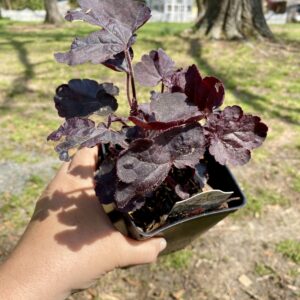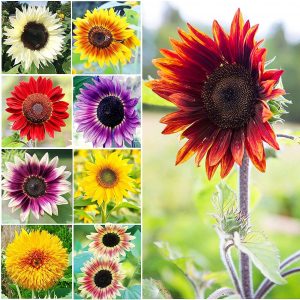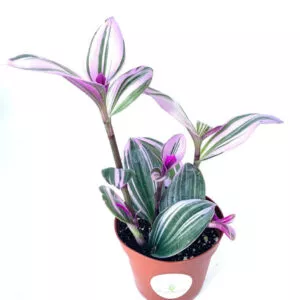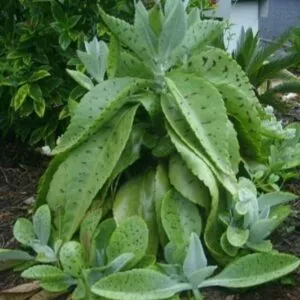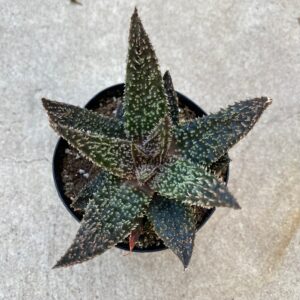No products in the cart.
Table of Contents
The sky pencil holly is a unique tree to add to your garden. Many outdoor plant providers sometimes sell them as the Japanese Holly. Many Sky Pencil Holly growers use the tree as a standalone to become the focal point on a patio or deck.
Alternatively, it can grow as a hedge or a privacy screen. No matter how you use Sky Pencils, they become the focal point in your garden.
Plant Name: Ilex crenata ‘Sky Pencil’
Other Name: Sky Pencil Hollies
Plant Type: Evergreen shrub or tree
Native Areas: Eastern Asia and Japan
Light Requirement: Full to partial sun
Watering: Moderate
Fertilizer: Organic matter or slow-release feed
Toxicity: Toxic to humans and pets
Temperature: Warm temperatures
Propagation: Hardwood cuttings
Growth: 6-10 feet tall and 2-3 feet wide
Soil Type: Well-drained soil
USDA Zone: 5-7
More About Japanese Holly
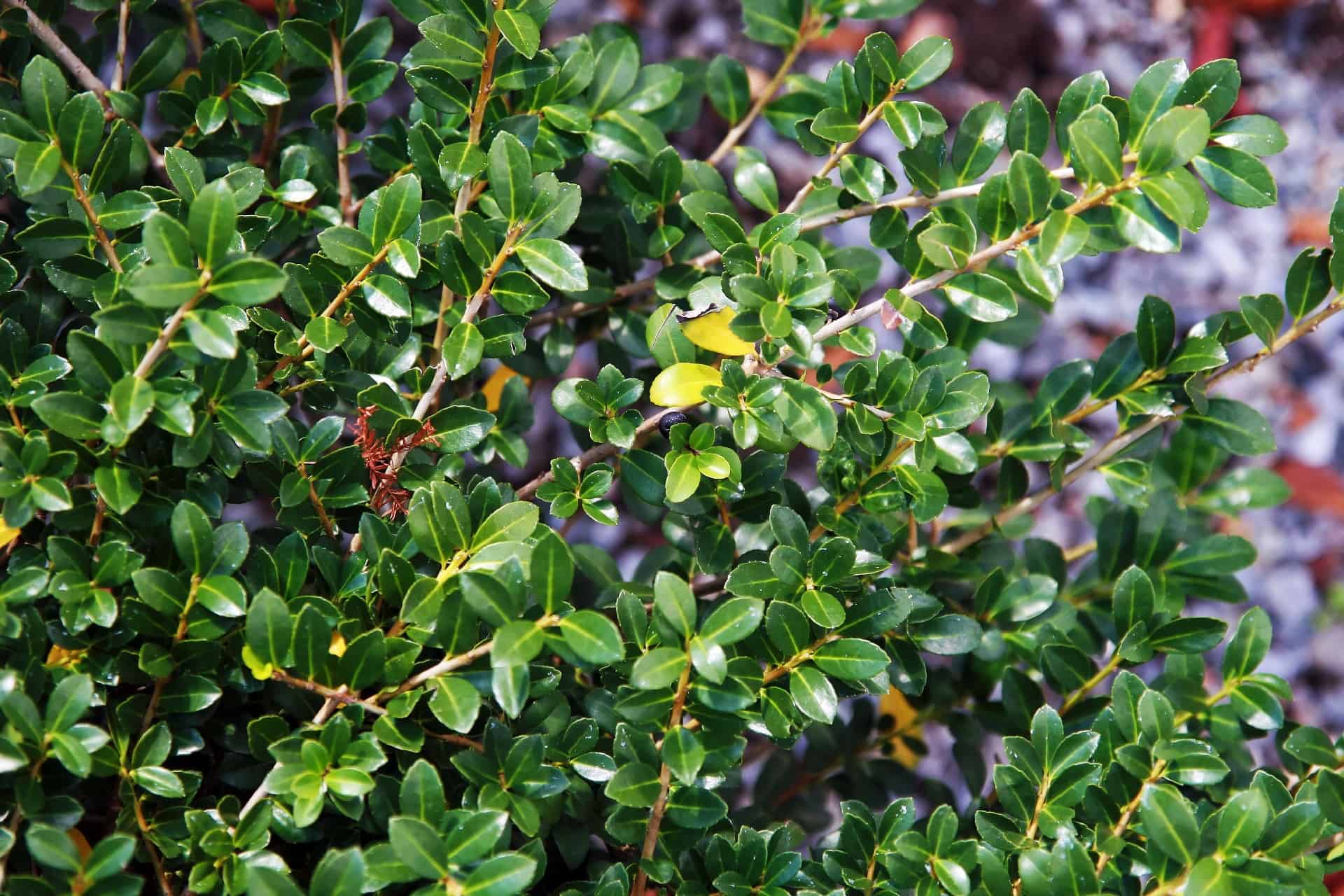
Many call the sky pencil hollies (Ilex crenata‘ Sky Pencil’) the Japanese Holly (Ilex crenata), but they are two species with the same scientific name.
Sky Pencil Holly is a specific cultivar of Japanese Holly, known for its narrow, columnar shape. It has tightly packed, dark green foliage and typically grows upright, pencil-like. Sky Pencil Holly is often used as a vertical accent in landscaping and can reach a height of about 6 to 10 feet (1.8 to 3 meters).
The sky pencil hollies also have tightly packed leaves that are small and glossy with an oval shape. After it flowers, you see black fruit forming on the tree. Japanese Holly is the broader species that includes various cultivars, including Sky Pencil. Different cultivars of Japanese Holly can vary in growth habit, size, and leaf characteristics.
Japanese Holly plants can be used in various landscaping applications, from hedges to foundation plantings. In summary, Sky Pencil Holly is a specific cultivar of Japanese Holly with a distinctive narrow and columnar growth habit.
Japanese Holly refers to the broader species, and various cultivars are within it, each with unique characteristics. The best part is you can grow Sky Pencil Holly in containers as it has an interesting shape.
Sky Pencil Hollies Care
Sky Pencil Holly generally suits USDA zones 5 to 7. These hardiness zones encompass regions with varying winter temperatures, and Sky Pencil can thrive in these temperate climates. Zone 5 covers parts with cold winters and the potential for frost and snow.
Sky Pencil Hollies is hardy enough to withstand these conditions. In Zone 6, winters are slightly milder than in Zone 5, but they can still be cold. Sky Pencil Holly should do well with proper care. Zone 7 includes relatively mild winters, but occasional frost may still occur. Sky Pencil Hollies is well-suited for these conditions.
It’s important to note that while Sky Pencil Hollies can tolerate a range of temperatures, it’s still essential to provide proper care and protection during extreme weather conditions, especially in the colder regions of its recommended hardiness zones.
One thing is for sure: this shrub needs very little care once established.
Soil For Sky Pencil Holly
The Sky Pencil grows in different soil types, from sandy and clay to rock. But it is essential to provide the shrub with loose yet loamy soil. So, it needs well-drained soil and helps to add some compost to the mix if the soil is clay or sand.
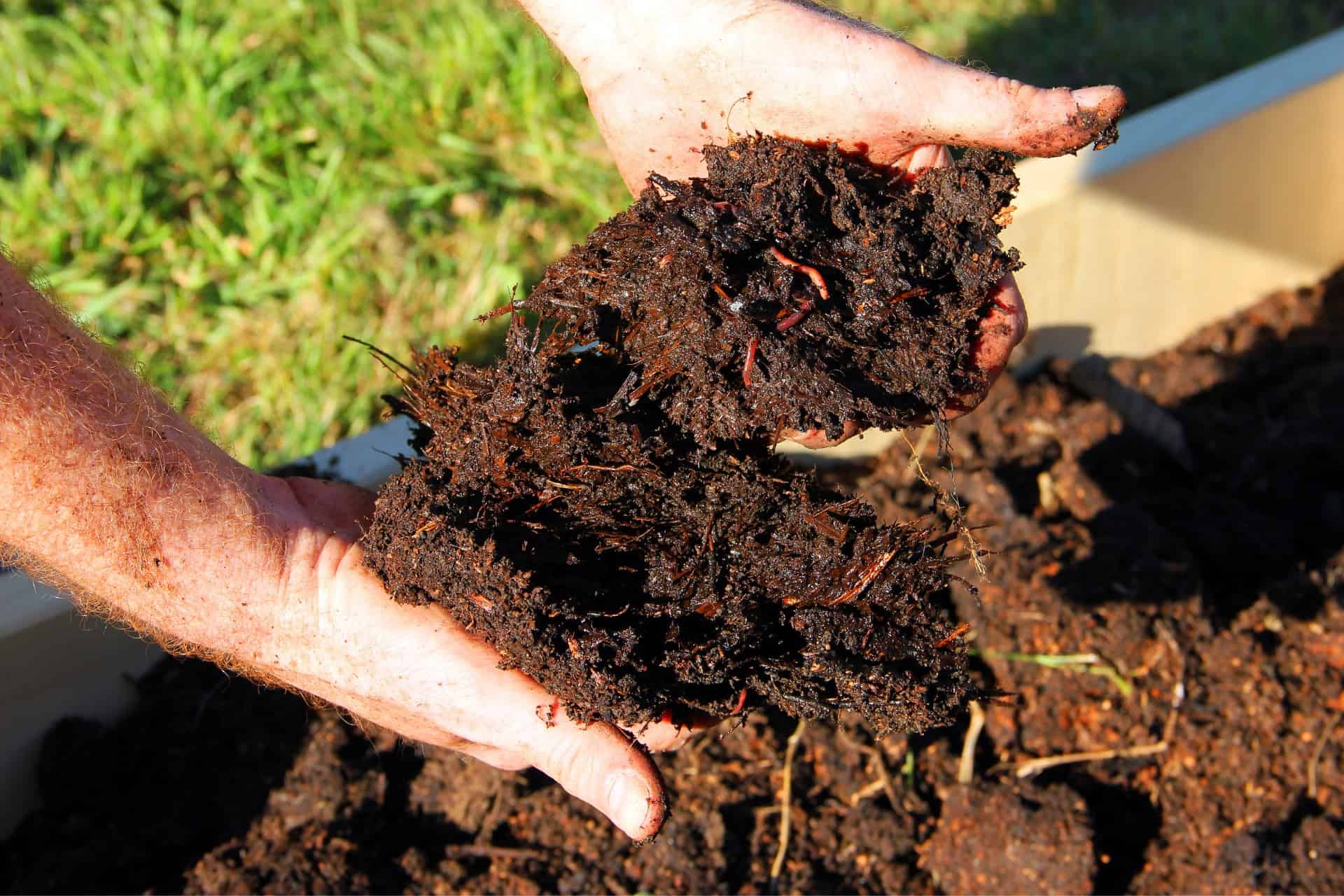
Another notable thing is that the plant is an all-female cultivar; if you want it to bear fruit, you also need a male variety.
Pencil Holly Light
These columnar shrubs prefer full sun, but it helps provide some partial shade from the harsh afternoon sun in warmer climates. Still, the full sun is recommended if you live in a cooler temperature. Your versatile plant needs at least six hours of morning sun daily to encourage healthy foliage.
When the shrub receives little sun, it grows slower, and the branches become less dense.
How to Water Sky Pencil Hollies
It would be best if you watered new Holly shrubs often to help the roots establish. Still, it must be moist and not soggy soil, as it increases the risk of fungal infections and root rot. During dry spells, you must water more until the root ball establishes itself.
Another important note, as with most indoor plants, is to leave the soil to dry between watering. Then, for warmer areas, water regularly when you see the soil dry. Finally, if you are concerned that you’re overwatering, keep an eye on the leaves.
The leaves need to be dark green. When the foliage turns lighter, it is a sign of overwatering. A lack of watering will make the leaves turn brown.
Temperature & Humidity

Sky Pencil Hollies prefer mild climates as it does not do well in extreme heat or cold. For this reason, it is best to find a spot protecting them from the wind. Furthermore, the plant struggles with high humidity.
When your young plant establishes, it also needs less water as it does have some drought tolerance. For winter care to prevent winter burn and protection against freezing temperatures. You can tie the branches up or use a wrap from the top to the bottom to keep the branches tight.
Alternatively, grow your columnar shrubs in containers to move to a warm spot.
Fertilizing Your Japanese Holly
Usually, your Ilex crenata Sky Pencil does not need feeding when planted in fertile organic soil. All you need to do is add some mulch around the base. But if your plant needs help, you can use an all-purpose, slow-release balanced feed yearly during spring.
After applying the feed, water your shrub well. Still, during the first year, you need not fertilize your new Holly as it does not grow fast during the first year.
You can expect a four to six-inch vertical growth for an established plant. Another important note is to avoid high nitrogen fertilizers forcing your plant to grow. Providing forced growth eventually makes your plant susceptible to diseases.
Pruning and Potting Sky Pencil Hollies
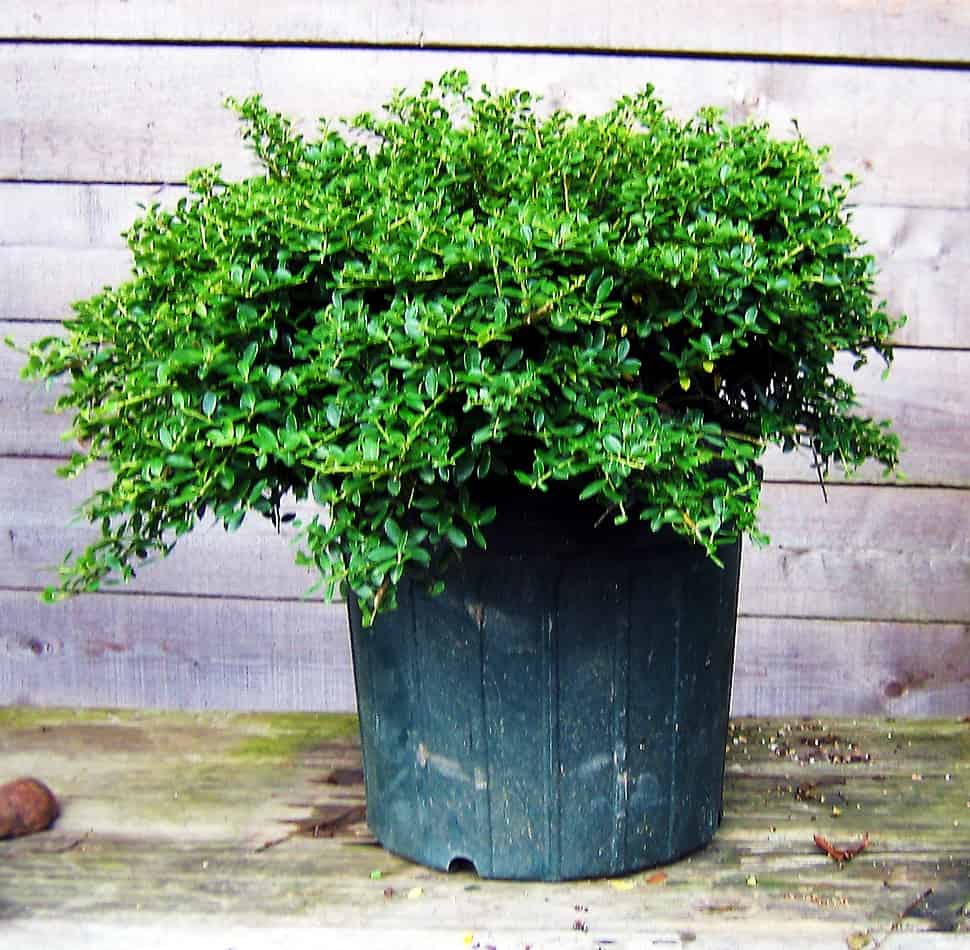
With your dwarf Japanese Holly varieties, you can grow them in containers. We recommend choosing a pot about eight inches wider than the root ball. Doing this allows your Sky Pencil to grow for the next three years before it needs a bigger container.
We recommend using a Terracotta one as the moisture evaporates faster and will not topple over with your plant’s growth. Also, ensure it has good drainage. Finally, the Sky Pencil Holly will need light pruning to maintain its shape.
The best time to prune is in spring to early fall, but you can do the substantial pruning in early spring before new growth. You can also remove diseased, dead, and damaged branches to promote growth.
It will need a few prunes throughout the growing season to shape your Sky Pencil Hollies in the landscape to form a hedge. If you happen to have an old shrub needing rejuvenation, it helps to cut it back in late winter to 12 inches off the ground.
-
$12.99Sold By: BubbleBlooms
In stock
Pilea peperomioides / Chinese money plant / Chinese missionary plant
Only 993 available and it’s in 4 people’s basketRated 4.81 out of 5 based on 279 customer ratings04Sold By: BubbleBlooms -
$12.00Sold By: Smoot's Farm
In stock
Coral Bells Black Forest Cake Heuchera 3″ Tall Pot Live Perennial
Rated 4.89 out of 5 based on 27 customer ratings00Sold By: Smoot's Farm -
Free Shipping$9.96 – $11.96Sold By: CZ Grain
In stock
Sunflower Seeds for Planting – Jumbo Mix Pack – 15+ Varieties – (Helianthus annuus) – Non-GMO Seeds
Only 883 available and it’s in 3 people’s basketRated 4.60 out of 5 based on 156 customer ratings00Sold By: CZ Grain -
Free Shipping$75.99Sold By: Cacti and Exotica
In stock
Ferocactus emoryi | Fishhook Barrel Cactus | 6″ Pot
Rated 4.98 out of 5 based on 59 customer ratings00Sold By: Cacti and Exotica
Propagating Sky Pencil Hollies
To propagate your Ilex crenata, you can use hardwood cuttings taken in the dormant season. Here are some steps you can follow:
Cut on one of the canes below a bud union with a sharp, sterilized knife or a pair of pruners. These are small bumps found where the stem and leaf meet. Remove about 3/4 inch of the cutting just above another bud union to end up with a cutting of six inches long.
Next, remove the leaves and leave two sets at the top.
Take the cut end, dip it in the rooting hormone, and prepare where you want to grow your cutting. Dig a planting hole and work in coarse sand with compost into the soil.
Plant your cutting about an inch deep and fill it up while pressing slightly to remove the air pockets; water frequently keeps the soil moist.
You should notice your cutting developing new growth in spring to show it has rooted.
Another great way to start growing your Sky Pencil Holly is from seed. But you may find your new plant is not true to the parent. Still, germination of the seed can take years and is not recommended.
As with your shrub, it will need well-drained soil with bright light to partial shade to develop.
Sky Pencil Holly Varieties
You can find several Holly Ilex crenata varieties that include the following:
Dwarf Pagoda

The Holly is a small cultivar reaching about two feet tall with a compact yet dense growth.
Golden Gem

The Holly is a variegated cultivar with small golden leaves grown as a hedge.
Convexa

The shrub can reach up to six feet tall and bears the same fruit in black as the Sky Pencil Holly.
Ilex crenata Helleri

It is another dwarf plant that grows slowly up to four feet tall to four feet wide. You can grow the small cultivar in a landscape or use them as bonsai trees.
Lemon Gem

Another small variety grows up to three feet tall with yellow foliage in spring and matures to lime green.
Sky Pencil Holly Common Diseases and Pests
The Holly can become the home of pests and other problems like strong winds causing damage to the foliage. In addition, a critter like the Holly Leaf Miner female can suck out the fluids of the leaves in late spring. You will notice the leaves turning yellow-brown and will then turn black.
Other insects are whiteflies, spider mites, and scale. Common plant diseases are stem cankers, root rot, and nematodes. Another concern is yellowing leaves from too-alkaline soil, causing an iron deficiency, but it is rare.
To remedy the concern, using a fertilizer made for acid-loving trees and shrubs is best.
Frequently Asked Questions
These hollies can reach heights of 6 to 10 feet (1.8 to 3 meters) and have a width of about 2 to 3 feet (0.6 to 0.9 meters).
Sky Pencil Hollies are evergreen, which means they retain their dark green leaves year-round.
Yes, they can produce small black berries if you have both male and female plants. The berries appear in the fall and can add a decorative element to the landscape.
Yes, Sky Pencil Hollies can be grown in containers. Ensure the pot has adequate drainage and use a high-quality potting mix. Container plants may require more frequent watering and full sun with afternoon shade to prevent the plant from turning brown.
The best time for planting the shrub is in spring or fall when the weather is mild. This allows the roots to be established before extreme temperatures.
They can be propagated from cuttings or by layering. Growing them from cuttings can be challenging and may take some time.
Whether you want to buy, sell, or simply reach out to other plant enthusiasts, Plantly is the right place to be!
-
-
$9.99Sold By: Cacti and Exotica
In stock
Crassula ovata—Tricolor Jade
Rated 4.98 out of 5 based on 59 customer ratings00Sold By: Cacti and Exotica -
Free Shipping$19.99Sold By: Gar-Zen Botanical Design
In stock (can be backordered)
Kalanchoe Gastonis bonnieri Donkey Ear Ships Free.
Only 7 available and it’s in 2 people’s basketRated 4.86 out of 5 based on 49 customer ratings00Sold By: Gar-Zen Botanical Design -
$44.99Sold By: Succulent Oasis
In stock
Medium Succulent Plant – Star Aloe ‘Tarantula’ Hybrid. An extremely rare and very limited Aloe.
Rated 4.84 out of 5 based on 352 customer ratings06Sold By: Succulent Oasis

